Arnold, T.W., 1992. Variation in laying date, clutch size, egg size, and egg composition of yellow-headed blackbirds ( Xanthocephalus xanthocephalus): a supplemental feeding experiment. Can. J. Zool. 70, 1904–1911. .
|
Ahmad, I.M., Li, D., 2023. More than a simple egg: Underlying mechanisms of cold tolerance in avian embryos. Avian Res. 14, 100104. .
|
Andersson, S., Uller, T., Lõhmus, M., Sundström, F., 2004. Effects of egg yolk testosterone on growth and immunity in a precocial bird. J. Evol. Biol. 17, 501–505. .
|
Anne McNabb, F.M., 2007. The hypothalamic-pituitary-thyroid (HPT) axis in birds and its role in bird development and reproduction. Crit. Rev. Toxicol. 37, 163–193. .
|
Aydin, R., Cook, M.E., 2009. Maternal dietary conjugated linoleic acid is not directly toxic for the developing chick embryo, but causes embryo mortality by altering fatty acid composition of the egg yolk in the chicken. J. Sci. Food Agr. 89, 2687–2691. .
|
Bonakdar, M., Czuba, L.C., Han, G., Zhong, G., Luong, H., Isoherrannen, N., et al., 2022. Gut commensals expand vitamin A metabolic capacity of the mammalian host. Cell Host Microbe 30, 1084–1092. .
|
Biswas, S., Poddar, M.K., 1990. Effect of short- and long-term exposure to low environmental temperature on brain regional GABA metabolism. Neurochem. Res. 15, 815–820. .
|
Brand, M.D., Couture, P., Hulbert, A.J., 1994. Liposomes from mammalian liver mitochondria are more polyunsaturated and leakier to protons than those from reptiles. Comp. Biochem. Physiol. B 108, 181–188. .
|
Catoni, C., Peters, A., Schaefer, H.M., 2008. Life history trade-offs are influenced by the diversity, availability and interactions of dietary antioxidants. Anim. Behav. 76, 1107–1119. .
|
Collin, A., Buyse, J., As, P.V., Darras, V.M., Malheiros, R.D., Moraes, V.M.B., 2003. Cold-induced enhancement of avian uncoupling protein expression, heat production, and triiodothyronine concentrations in broiler chicks. Gen. Comp. Endocrinol. 130, 70–77. .
|
Cristina-Silva, C., Gargaglioni, L.H., Bícego, K.C., 2021. A thermoregulatory role of the medullary raphe in birds. J. Exp. Biol. 224, jeb. 234344. .
|
Criscuolo, F., Torres, R., Zahn, S., Williams, T.D., 2020. Telomere dynamics from hatching to sexual maturity and maternal effects in the ’multivariate egg’. J. Exp. Biol. 223, jeb232496. .
|
Czerwonka, M., Białek, A., Skrajnowska, D., Bobrowska-Korczak, B., 2021. Comparison of lipid components, iron and zinc levels in chicken and quail eggs available on the market. Preprints, 2021030161. .
|
Daisley, J.N., Bromundt, V., Möstl, E., Kotrschal, K., 2005. Enhanced yolk testosterone influences behavioral phenotype independent of sex in Japanese quail chicks Coturnix japonica. Horm. Behav. 47, 185–194. .
|
Duckworth, R.A., Belloni, V., Anderson, S.R., 2015. Cycles of species replacement emerge from locally induced maternal effects on offspring behavior in a passerine bird. Science 347, 875–877. .
|
DuRant, S.E., Hepp, G.R., Moore, I.T., 2010. Slight differences in incubation temperature affect early growth and stress endocrinology of wood duck ( Aix sponsa) ducklings. J. Exp. Biol. 213, 45–51. .
|
Gladalski, M., Banbura, M., Kalinski, A., Markowski, M., Skwarska, J., Wawrzyniak, J., et al., 2020. Extreme temperature drop alters hatching delay, reproductive success, and physiological condition in great tits. Int. J. Biometeorol. 64, 623–629. .
|
Gil, D., Biard, C., Lacroix, A., Spottiswoode, C.N., Saino, N., Puerta, M., et al., 2007. Evolution of yolk androgens in birds: development, coloniality, and sexual dichromatism. Am. Nat. 169, 802–819. .
|
Giraudeau, M., Ziegler, A.K., Tschirren, B., 2016a. Long-term effect of yolk carotenoid levels on testis size in a precocial bird. Biol. Lett. 12, 20160008. .
|
Giraudeau, M., Ziegler, A.K., Pick, J.L., Ducatez, S., Canale, C.I., Tschirren, B., 2016b. Interactive effects of yolk testosterone and carotenoid on prenatal growth and offspring physiology in a precocial bird. Behav. Ecol. 28, 31–38. .
|
Goel, A., Ncho, C.M., Jeong, C.M., Choi, Y.H., 2022. Embryonic thermal manipulation and in ovo gamma-aminobutyric acid supplementation regulating the chick weight and stress-related genes at hatch. Front. Vet. Sci. 8, 807450. .
|
Groothuis, T.T.G., Müller, W., von Engelhardt, N., Carere, C., Eising, C., 2005. Maternal hormones as a tool to adjust offspring phenotype in avian species. Neurosci. Biobehav. Rev. 29, 329–352. .
|
Hall, J.A., Jha, S., Skinner, M.M., Cherian, G., 2007. Maternal dietary n-3 fatty acids alter immune cell fatty acid composition and leukotriene production in growing chicks. Prostag. Leukotr. Ess. 76, 19–28. .
|
Hargitai, R., Herényi, M., Nagy, G., Nyiri, Z., Eke, Z., Török, J., 2016. Effects of environmental conditions on the egg mass, yolk antioxidant level, eggshell thickness and eggshell spotting patterns of Great tits ( Parus major). J. Ornithol. 157, 995–1006. .
|
|
Hassanzadeh Taheri, M.M., 2016. Developmental changes of the notochord and its inductive effects on the adjacent embryonic germ layers with regard to the role of glycoconjugates. J. Kerman Univ. Med. Sci. 23, 649–670.
|
Ho, D.H., Reed, W.L., Burggren, W.W., 2011. Egg yolk environment differentially influences physiological and morphological development of broiler and layer chicken embryos. J. Exp. Biol. 214, 619–628. .
|
Hong, P., Jiang, Z., Jiang, S., Zhou, G., Zheng, C., Lin, Y., 2013. Vitamin A supplemental level: effects on growth performance and antioxidant parameters of yellow-feathered broilers aged from 43 to 63 days. Chin. J. Anim. Nutr. 25, 415–426. .
|
Hulbert, A.J., 2005. On the importance of fatty acid composition of membranes for aging. J. Theor. Biol. 234, 277–288. .
|
Hulbert, A.J., 2008. The links between membrane composition, metabolic rate and lifespan. Comp. Biochem. Physiol. A 150, 196–203. .
|
Hulbert, A.J., Abbott, S.K., 2012. Nutritional ecology of essential fatty acids: an evolutionary perspective. Aust. J. Zool. 59, 369. .
|
Hulbert, A.J., Else, P.L., 2005. Membranes and the setting of energy demand. J. Exp. Biol. 208, 1593–1599. .
|
Kazak, L., Cohen, P., 2020. Creatine metabolism: energy homeostasis, immunity and cancer biology. Nat. Rev. Endocrinol. 16, 421–436. .
|
Khan, S.H., Iqbal, J., 2016. Recent advances in the role of organic acids in poultry nutrition. J. Appl. Anim. Res. 44, 359–369. .
|
Kurahashi, M., Kuroshima, A., 1978. Creatine metabolism in skeletal muscle of cold-acclimated rats. J. Appl. Physiol. 44, 12–16.
|
Lessells, C.M., Ruuskanen, S., Schwabl, H., 2016. Yolk steroids in great tit Parus major eggs: variation and covariation between hormones and with environmental and parental factors. Behav. Ecol. Sociobiol. 70, 843–856. .
|
Lipar, J.L., 2001. Yolk steroids and the development of the hatching muscle in nestling European starlings. J. Avian Biol. 32, 231–238. .
|
Lu, G., Zhang, X., Li, X., Zhang, S., 2023. Immunity and growth plasticity of Asian Short-Toed Lark nestlings in response to changes in food conditions: can it buffer the challenge of climate change-induced trophic mismatch? Animals 13, 860. .
|
Lv, L., Liu, Y., Osmond, H.L., Cockburn, A., Kruuk, L.E.B., 2019. When to start and when to stop: Effects of climate on breeding in a multi-brooded songbird. Global Change Biol. 26, 443–457. .
|
Magrath, R.D., 1988. Cold tolerance of European blackbird embryos and nestlings. Condor 90, 958–959. .
|
McCleery, R.H., Pettifor, R.A., Armbruster, P., Meyer, K., Sheldon, B.C., Perrins, C.M., 2004. Components of variance underlying fitness in a natural population of the great tit Parus major. Am. Nat. 164, 62–72. .
|
Mentesana, L., Andersson, M.N., Casagrande, S., Goymann, W., Isaksson, C., Hau, M., 2021. Natural variation in yolk fatty acids, but not androgens, predicts offspring fitness in a wild bird. Front. Zool. 18, 38. .
|
Mentesana, L., Isaksson, C., Goymann, W., Andersson, M.N., Trappschuh, M., Hau, M., 2019. Female variation in allocation of steroid hormones, antioxidants and fatty acids: a multilevel analysis in a wild passerine bird. J. Avian Biol. 50, e01859. .
|
Mersman, B., Zaidi, W., Syed, N.I., Xu, F., 2020. Taurine promotes neurite outgrowth and synapse development of both vertebrate and invertebrate central neurons. Front. Synaptic Neurosci. 12, 29. .
|
Navara, K.J., Hill, G.E., Mendonça, M.T., 2005. Variable effects of yolk androgens on growth, survival, and immunity in eastern bluebird nestlings. Physiol. Biochem. Zool. 78, 570–578. .
|
Odeon, M.M., Salatino, A.E., Rodríguez, C.B., Scolari, M.J., Acosta, G.B., 2010. The response to postnatal stress: amino acids transporters and PKC activity. Neurochem. Res. 35, 967–975. .
|
Panaite, T.D., Nour, V., Saracila, M., 2021. Effects of linseed meal and carotenoids from different sources on egg characteristics, yolk fatty acid and carotenoid profile and lipid peroxidation. Foods 10, 1246. .
|
|
Park, K.Y., Lee, Y.S., Kang, C.S., YH, L., 2004. Tocotrienol and tocopherol content in various plant seeds. Korean J. Crop. Sci. 3, 207–210.
|
Parolini, M., Khoriauli, L., Possenti, C.D., Colombo, G., Saino, N., 2017. Yolk vitamin E prevents oxidative damage in gull hatchlings. R. Soc. Open Sci. 4, 170098. .
|
Pierzchalska, M., Grabacka, M., Michalik, M., Zyla, K., Pierzchalski, P., 2012. Prostaglandin E2 supports growth of chicken embryo intestinal organoids in Matrigel matrix. BioTechniques 52, 307–315. .
|
Pitk, M., Tilgar, V., Kilgas, P., Mänd, R., 2012. Acute stress affects the corticosterone level in bird eggs: A case study with great tits ( Parus major). Horm. Behav. 62, 475–479. .
|
Rotics, S., Kaatz, M., Turjeman, S., Zurell, D., Wikelski, M., Sapir, N., et al., 2018. Early arrival at breeding grounds: Causes, costs and a trade-off with overwintering latitude. J. Anim. Ecol. 87, 1627–1638. .
|
Royle, N.J., Surai, P.F., Hartley, I.R., 2003. The effect of variation in dietary intake on maternal deposition of antioxidants in Zebra finch eggs. Funct. Ecol. 17, 472–481. .
|
Ruuskanen, S., Groothuis, T.T.G., Schaper, S.V., Darras, V.M., de Vries, B., Visser, M.E., 2016. Temperature-induced variation in yolk androgen and thyroid hormone levels in avian eggs. Gen. Comp. Endocrinol. 235, 29–37. .
|
Saino, N., Bertacche, V., Ferrari, R.P., Martinelli, R., Stradi, R., 2002. Carotenoid concentration in Barn Swallow eggs is influenced by laying order, maternal infection and paternal ornamentation. Proc. R. Soc. B Biol. Sci. 269, 1729–1733. .
|
Shang, J., Zhang, L., Li, X., Zhang, S., 2021. Endocrine response of early-hatching Asian Short-toed Lark nestlings exposed to cold temperature in a high-latitude grassland habitat. Avian Res. 12, 55. .
|
Speake, B.K., Decrock, F., Surai, P.F., Groscolas, R., 1999. Fatty acid composition of the adipose tissue and yolk lipids of a bird with a marine-based diet, the emperor penguin ( Aptenodytes forsteri). Lipids 34, 283–290. .
|
|
Surai, P.F., Speake, B.K., 2008. The natural fatty acid compositions of eggs of wild birds and the consequences of domestication. In: Meester, F., Watson, R.R. (Eds.), Wildtype Food in Health Promotion and Disease Prevention. Humana Press Inc, New Jersey, pp. 121–137.
|
Tabarean, I.V., Behrens, M.M., Bartfai, T., Korn, H., 2004. Prostaglandin E2-increased thermosensitivity of anterior hypothalamic neurons is associated with depressed inhibition. Proc. Natl. Acad. Sci. USA 101, 2590–2595. .
|
Tanumihardjo, S.A., 2004. Assessing vitamin A status: past, present and future. J. Nutr. 134, 290S–293S. .
|
Tavakkoli, A.A., Mirakzehi, M.T., Saleh, H., Yousefi, M., 2021. The effects of supplementation of withania coagulans and α-tocopherol acetate in diets containing oxidised oil on growth performance, immune response and antioxidant indices in broiler chickens. Arch. Anim. Nutr. 75, 278–293. .
|
Tobler, M., Nilsson, J.A., Nilsson, J.F., 2007. Costly steroids: egg testosterone modulates nestling metabolic rate in the zebra finch. Biol. Lett. 3, 408–410. .
|
Toghyani, M., Tahmasebi, S., Modaresi, M., Fosoul, S.S., 2018. Effect of arginine and threonine in ovo supplementation on immune responses and some serum biochemical attributes in broiler chickens. Ital. J. Anim. Sci. 18, 342–349. .
|
Ugwuagbo, K.C., Maiti, S., Omar, A., Hunter, S., Nault, B., Northam, C., et al., 2019. Prostaglandin E2 promotes embryonic vascular development and maturation in zebrafish. Biol. Open 8, 039768. .
|
Van Milgen, J., 2021. The role of energy, serine, glycine, and 1-carbon units in the cost of nitrogen excretion in mammals and birds. Animal 15, 100213. .
|
Verhulst, S., Tinbergen, J.M., Daan, S., 2010. Multiple breeding in the Great Tit. A trade-off between successive reproductive attempts? Funct. Ecol. 11, 714–722. .
|
Weber, G., 2009. Improvement of flock productivity through supply of vitamins for higher laying performance and better egg quality. World. Poult. Sci. J. 65, 443–458. .
|
Wone, B., Donovan, E.R., Hayes, J.P., 2011. Metabolomics of aerobic metabolism in mice selected for increased maximal metabolic rate. Comp. Biochem. Physiol. D 6, 399–405. .
|
Yoshida, N., Fujita, M., Nakahara, M., Kuwahara, T., Bungo, T., 2011. Effect of high environmental temperature on egg production, serum lipoproteins and follicle steroid hormones in laying hens. J. Poult. Sci. 48, 207–211. .
|
Zhang, S., Xu, X., Wang, W., Zhao, L., Gao, L., Yang, W., 2017. Annual variation in the reproductive hormone and behavior rhythm in a population of the Asian short-toed lark: can spring temperature influence activation of the HPG axis of wild birds? Horm. Behav. 95, 76–84. .
|
Zhang, S., Zhao, L., Zhang, X., Liang, W., 2019. Predicting the vulnerability of birds to trophic threat posed by phenological mismatch based on nutritional and physiological status of nestlings. Conserv. Physiol. 7, coz096. .
|
Zhao, L., Gao, L., Yang, W., Xu, X., Wang, W., Liang, W., et al., 2017. Do migrant and resident species differ in the timing of increases in reproductive and thyroid hormone secretion and body mass? A case study in the comparison of pre-breeding physiological rhythms in the Eurasian Skylark and Asian Short-toed Lark. Avian Res. 8, 10. .
|
Zhao, M., Gao, T., Zhang, L., Li, J., Lv, P., Yu, L., et al., 2017. Effects of in ovo feeding of creatine pyruvate on the hatchability, growth performance and energy status in embryos and broiler chickens. Animal 11, 1689–1697. .
|
Zielinska, M., Sawosz, E., Grodzik, M., Balcerak, M., Wierzbicki, M., Skomial, J., et al., 2012. Effect of taurine and gold nanoparticles on the morphological and molecular characteristics of muscle development during chicken embryogenesis. Arch. Anim. Nutr. 66, 1–13. .
|



 DownLoad:
DownLoad:
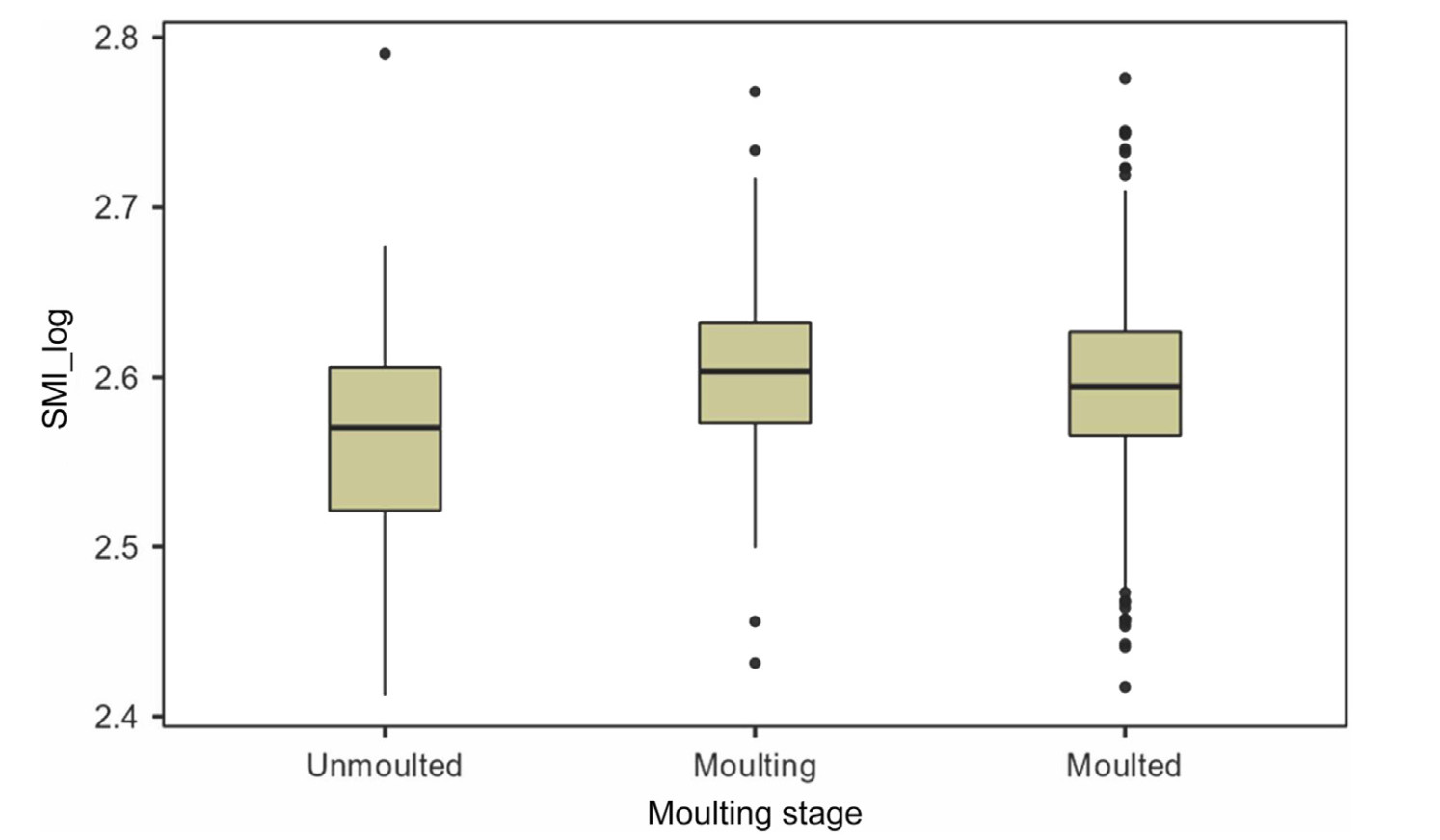
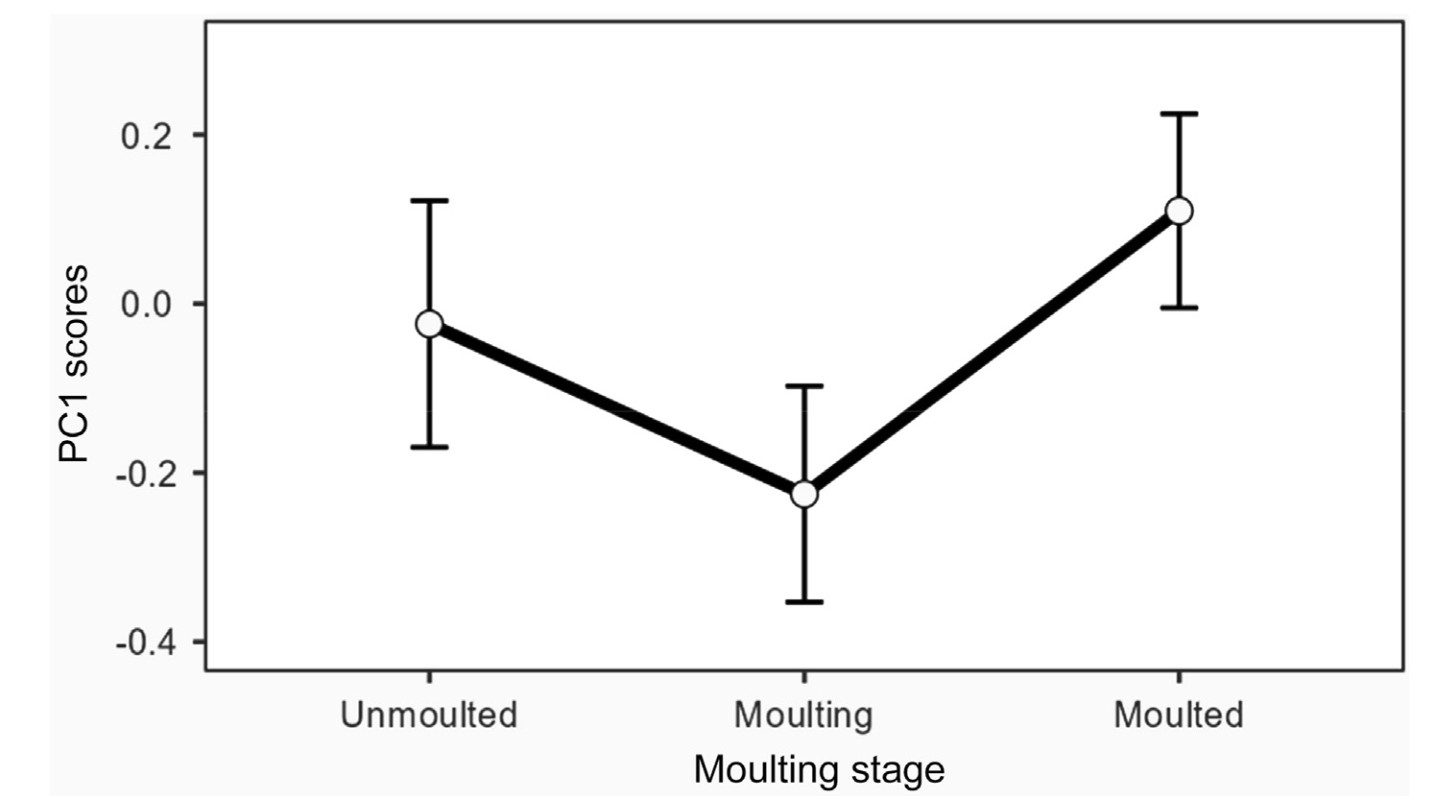
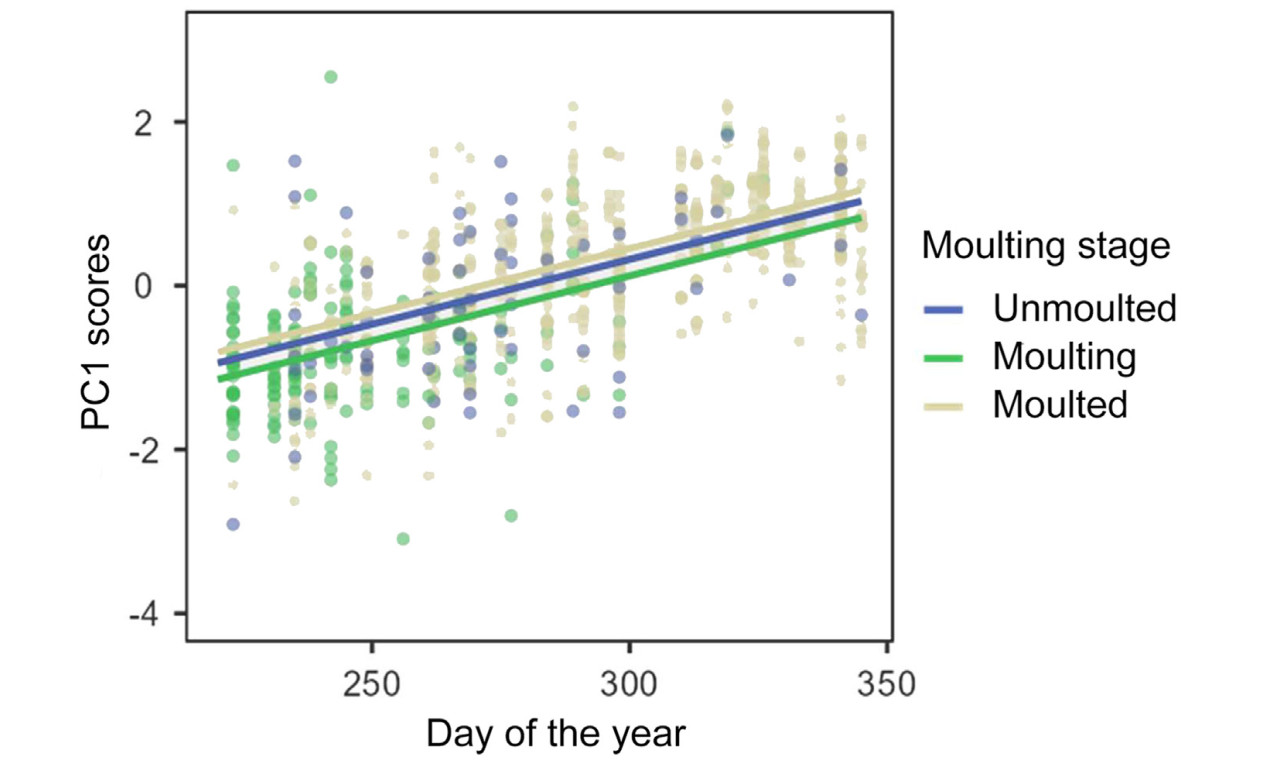
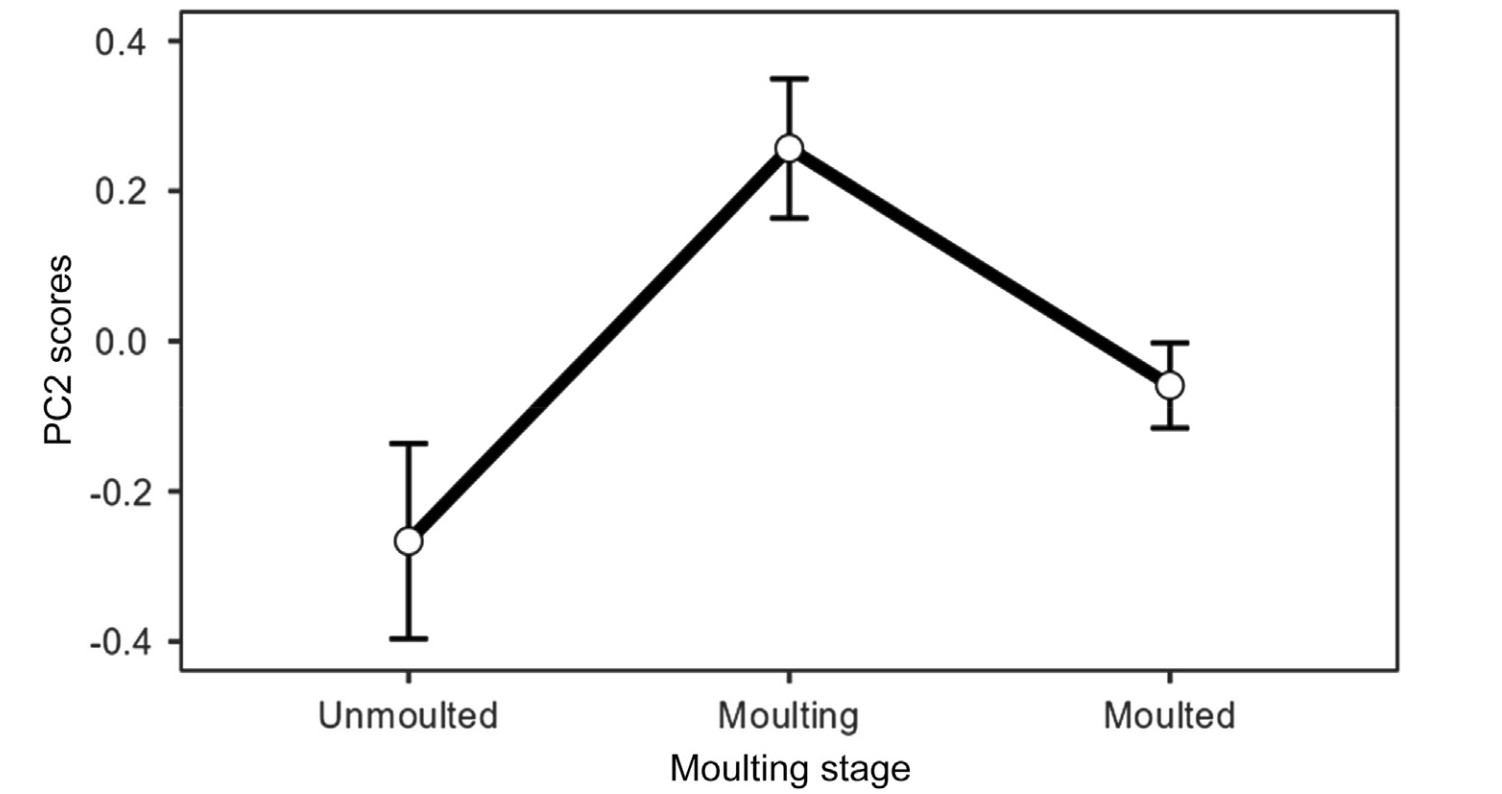
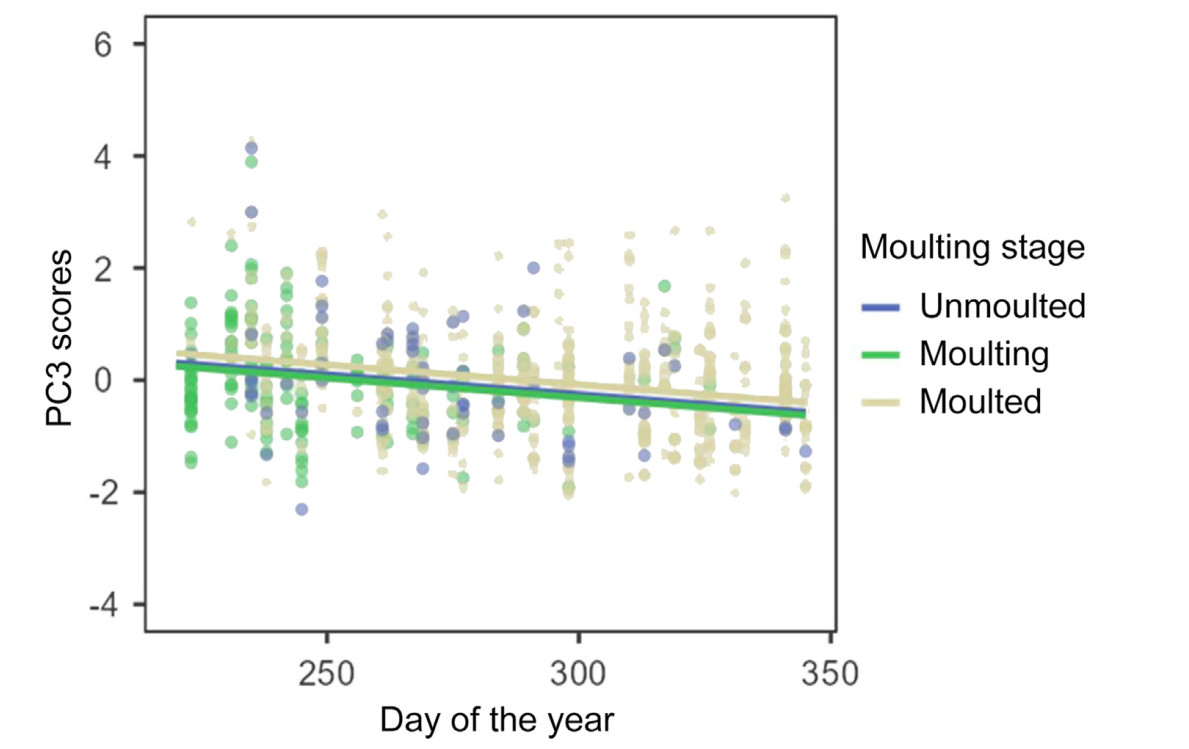
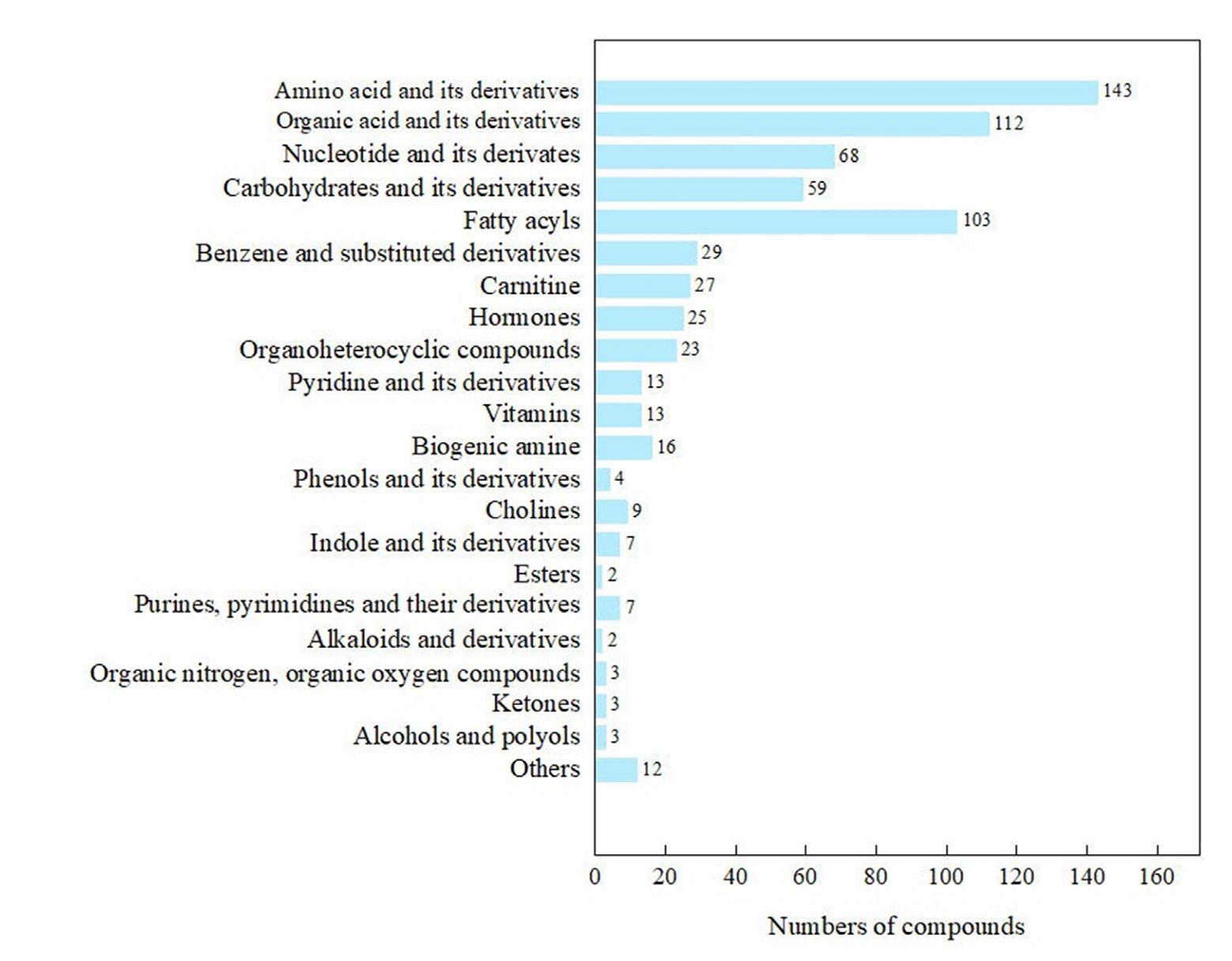





 Email Alerts
Email Alerts RSS Feeds
RSS Feeds